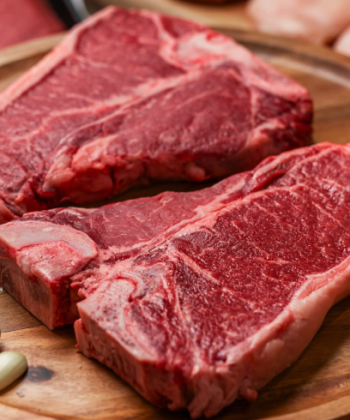To achieve this prestigious badge of honor, a restaurant must not only score highly with the critical parameters of food quality, presentation, value for money, and service but every single aspect of operation must sing in perfect harmony with the other. This is a reflection of what being a top chef in a Michelin-starred kitchen means.
It is not a gleaming trophy or a monetary reward but a small badge that shouts, ‘We are the champions.” Winning one is a life’s work, maintaining it is a struggle, and losing one – well, that is a nightmare no one wants to experience.
What goes into managing such a highly successful business? Let’s find out after you’ve let loose playing your favorite games at Bizzo Casino Australia. Grab some homemade snacks and follow your passion, just like these talented cooks!
The Quest for Perfection: Obsession or Passion?
The idea of ‘a Michelin-starred chef’ is not someone who loves food; he or she is entirely consumed with it. They get into culinary school because of passion but the obsession is why they spend 18 hours a day working on a sauce. To the outsider, this level of commitment appears utterly ridiculous. And maybe it is.
Yet, this is why culinarians are said to re-do a dish hundreds of times. Not because there is something wrong with the end product, but because it is not as good as it can be. If the steak is not seared to the right thickness of millimeters, it goes back to the grill. This garnish is not placed meticulously, then it is thrown.
The Art of Menu Creation: Simplicity Meets Complexity
Creating a fitting menu isn’t a casual affair. It’s a mix of art, science, and a touch of madness. A meal must be simple enough to let each ingredient shine but complex enough to surprise and delight even the most jaded palate.
Every dish tells a story. It might be a tale of the chef’s childhood, a tribute to a forgotten ingredient, or a reinterpretation of a classic. The offerings must also evolve constantly. Diners who are willing to pay hundreds of dollars expect something new every time. And no, you can’t just slap a fancy name on an old dish and call it a day. They must continuously innovate, often walking the tightrope between genius and insanity.
The Pressure to Perform: More Than Just Cooking
Earning a Michelin star is one thing. Keeping it is another. The pressure to maintain it—or, God forbid, earn more—is immense. Every dish is judged by the guests and the culinary world at large.
Then there’s the business side of things. A top spot is held together with areas ranging from procurement to well-managed employees. In this case, the cook must wear two hats, and the stakes are high. Regardless of how much they have struggled and trained throughout the years, one negative comment, one slip, and it can be all gone.
The Aftermath: What’s Left When the Apron Comes Off?
So, what’s it like when they finally leave the kitchen? You might think they’d relax, maybe take up a hobby like gardening. But for many, the obsession doesn’t end when the apron comes off. The quest for perfection spills over into other areas of life. A slightly crooked picture frame? Unacceptable. A latte with uneven foam? Send it back. It’s as if it is impossible to accept anything less than excellence.
But there’s also a sense of fulfillment, a quiet pride that comes from knowing you’ve reached the pinnacle of your craft. It’s a hard-won victory and one that few can truly understand. After all, who else would be crazy enough to do it?


